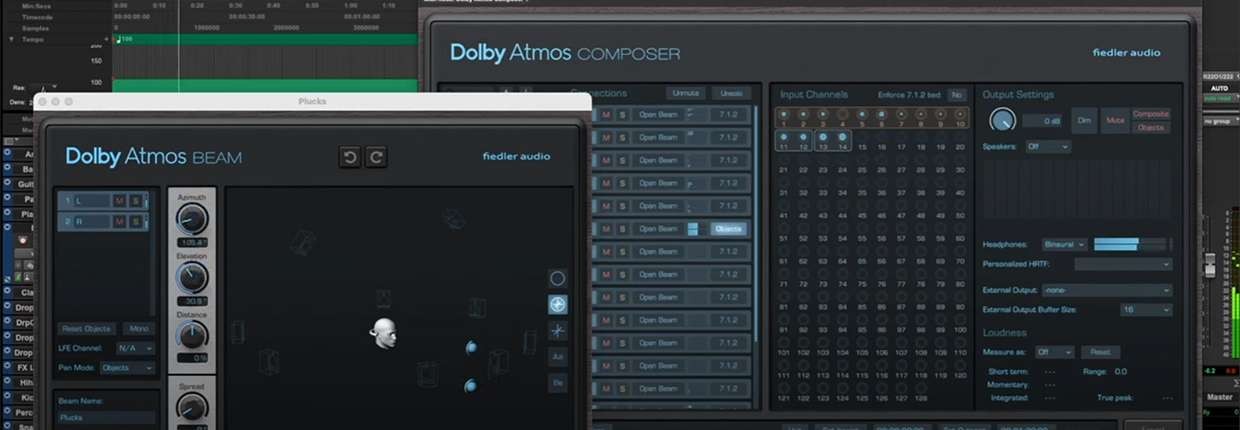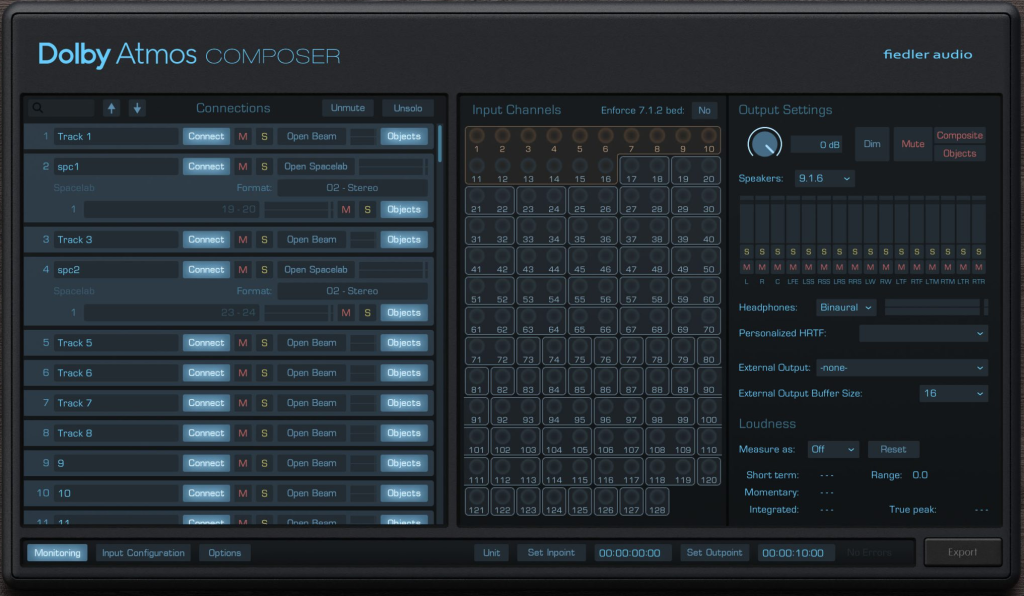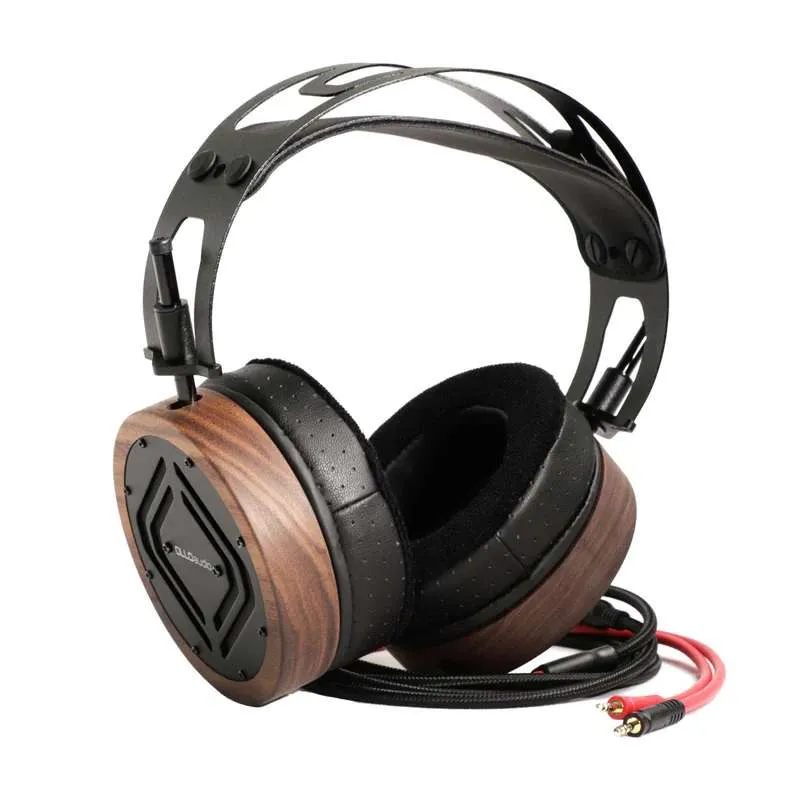Recording, Mixing and Mastering
Published on 05/11/2023

We have introduced Dolby Atmos Music in our blog in a few posts where we explained the basic concepts, analyzed the success possibilities of the new format and described the technical guidelines.
One thing that has been clear since the beginning was that the system is quite different from the usual stereo setup and
the differences range from software components to the audio interfaces and speaker configuration.
Dolby Laboratories released their Dolby Atmos Production Suite and Dolby Atmos Mastering Suite to help engineers working with the new spatial audio standard.
A few DAWs have actual versions that natively support Dolby Atmos. As far as we know, as of today, the list is limited as follows:
An important step seems to be the introduction by Fiedler Audio of a set of software components that work as plugins and are capable of making every DAW compatible with the Dolby Atmos requirements.
Let’s try to understand what is happening.
Fiedler Audio has recently released a plugin called Dolby Atmos Composer which comes handy to enable every DAW to be Dolby Atmos compliant.
The plugin is approved by Dolby Labs and it eliminates all the unnecessary burden of manual setup for Atmos workflow as well as the need to use a DAW capable of immersive audio production.

The Dolby Atmos Composer works together with a versatile panning plugin called Dolby Atmos Beam that allows to easily automate complex movements and take over the DAW's limitations.
From version 1.5 onwards the 3D Spacelab reverb directly connects to the Dolby Atmos Composer bringing world class immersive reverberation to the game.
With the new workflow the engineers can bring all the features of their preferred DAW, the plugins, the effects or instruments, into a Dolby Atmos mix.
New tracks can even be recorded while already mixing for Dolby Atmos.
Exports are delivered in ADM/BWF format for direct distribution to platforms such as Apple Music, Amazon Music, Tidal and Netflix.
The features list of the suite follows:
Dolby Atmos Composer
Dolby Atmos Beam - panning plugin
Spacelab connection
Export/Import
See the following introductory video to understand how the system works:
As some of you might already have noticed, we have mentioned the HTRF acronym. This stands for Head Related Transfer Function.
The concept arises from the fact that we, as humans, have two ears in our listening system but we are able to perceive directions and understand from where a given sound comes from.
This happens because a sound propagating through space hits both ears but differently.
The perception of direction comes because the brain analyzes the two different stimuli considering their intensity, the time delay (due to the different position of the ears), the frequency content and the phase of the two upcoming signals.
All those parameters are influenced by the physical characteristics of our heads such as dimensions, the form of heads and faces, form of our ear pads and so on.
All these factors are different for different subjects and yield to a specific response that can be modeled by a transfer function: the Head Related Transfer Function or HTRF.
Research works have been done in this field to render the proper positions of arriving sounds through a binaural system that would allow us to perceive directions even while listening with headphones.
From our experience, listening from a real immersive environment with a multi speaker setup is better than having the similar experience with headphones but the results are already very good.
As the HTRF modeling techniques improve we expect that things can only be better.
Mixing with headphones is becoming more and more important so we are starting to see headphones specifically designed for immersive sound mixing.

Among those we have the Ollo Audio S5X that are reference class, open back, dynamic headphones with flat frequency response meant for binaural/immersive mixing.
They have been realized to translate spatial audio between speakers and binaural downmix.
Their sound field is acoustically designed to provide a neutral base for the HRTF virtualisation of spatial audio formats in binaural mode.
With full 360 degrees of accurately spatialised positions and movements the translation of the mix between speakers and headphones is always spot on. The target curve for these headphones was developed by capturing a certified Dolby Atmos studio and human A/B testing.
It is now easy to understand that a combination of Dolby Atmos Composer and Ollo Audio S5X can be a solution for those who are on the move and need to mix a Dolby Atmos project.
The solution opens new perspectives to Project and Small Studios as they can prepare a Dolby Atmos compatible mix that can be finalized (just in the last phase) in a fully featured studio with a Dolby Atmos compliant mixing/listening room.
This workflow might become the new Mix to Mastering flow as headphones immersive mix could only be the preparation (mix) phase of the project to be finalized (mastered) in a bigger studio.
The future will tell us the whole story. For now we can say that a further step to the diffusion of Dolby Atmos Music has just been achieved.
Join us today and get 5% off your next order!

Empty cart